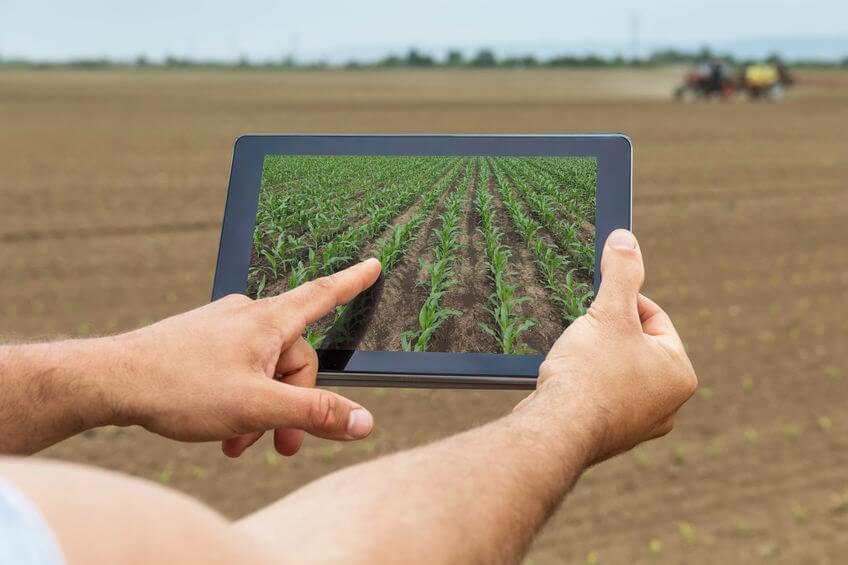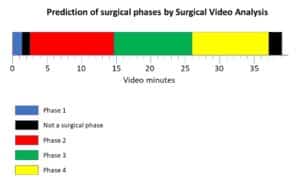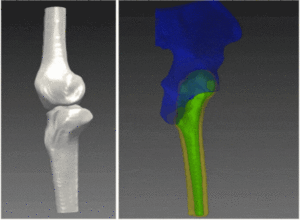Artificial Intelligence software performing agricultural yield prediction in the field of smart agriculture. Contact our experts to learn how to apply this new technology to your fields.
Crop yield prediction in precision agriculture refers to the estimation of seasonal yield before harvesting, based on fusion of sensory and satellite imagery information, such as soil conditions, nitrogen levels, moisture, seasonal weather and historical yield information. To date, seasonal management plans for yield forecasting rely in large parts on precipitation data. However, rainfall remains an unpredictable factor, thus it cannot be counted on as a stable crop yield predictor throughout the season. The past two decades have seen an increasing trend to incorporate sensory data into the management plan, whether combine-mounted, stationary sensors (e.g., LiDAR), airborne by drones (e.g. multi-spectral imaging) or satellite. This resulted in a wealth of available data, opening a fertile ground to construct a rational predictive framework for farm managers.
For most unprivileged regions, access to this information and the ability to analyze it are still limited. To alleviate such burden and bring expert knowledge to remote farmers, algorithmic tools offer a relatively cheap solution, which can be made available as a smartphone application, adapted to nowadays widespread devices and relatively accessible to all. Despite the ease in both collecting and accessing this information, yield prediction remains a challenging task, due to the difficulties in constructing a model that accounts for multi-modal acquisition at several length-scales and includes both dynamic and static data.
Software for agricultural yield prediction
Over the past 25 years, precise agriculture has seen an increase in the algorithmic methodologies capable of integrating large quantities of data towards yield forecasting. These developments were met by large interest from investors, who are contributing to the growth of the precision agriculture market to an estimated 10 billion USD by 2025. Entry of major actors into this field will result in further development of dedicated hardware (sensors, smart tractors drones and satellites), software and computational methods, such as estimators and predictive factors for crop health and herbivore burden. These methodologies will go far beyond the frequently used Near infrared (NIR) imaging and the computation of the field-wide Normalized Difference Vegetation Index (NDVI) for plant biomass estimation. In turn, automated methodologies for the reduction of resources, differential irrigation and spraying will be developed to increase agricultural yield and quality.
With the advent of technology in the precise agriculture field, the task of yield forecasting will play a central role. While many analytical models were developed for such a task, deep learning emerges as the perfect platform for it, since it enables the system to account for complex features in big data. Development of deep learning platforms has only started to appear and it requires expert knowledge for their training in order to provide reliable yield forecasts.
Databases of agricultural yield is readily available from 1960s onwards and they provide large training and validation datasets for the deep learning platform.
Construction of a deep learning platform for industrial application is well within RSIP Vision’s expertise. RSIP Vision is a leading expert in constructing tailor-made algorithmic solutions in computer vision, image processing and machine learning. To learn more about RSIP Vision’s activities, please visit our project page. To consult our experts regarding your next project, please contact us. Take us along for your next deep learning project!







